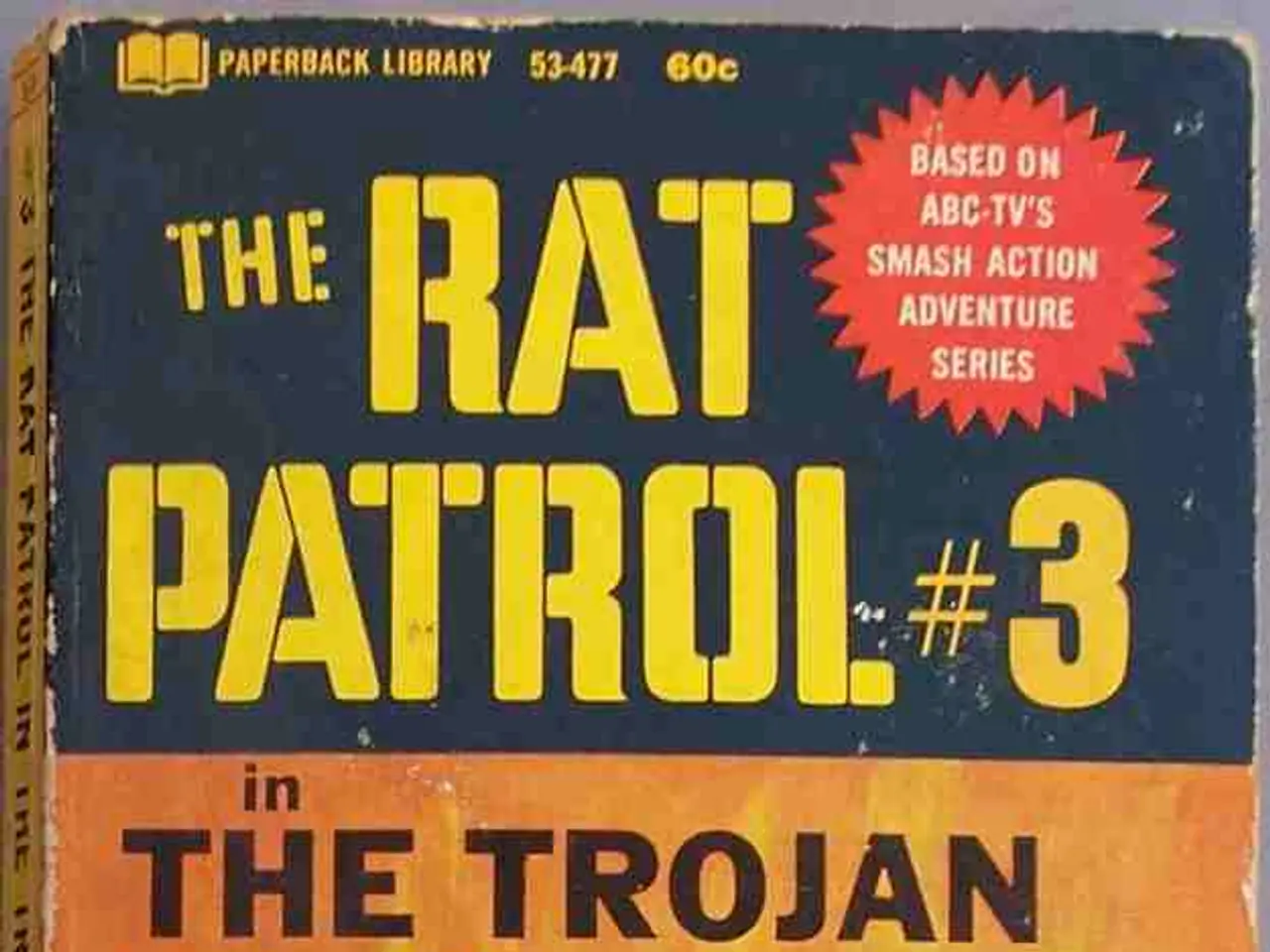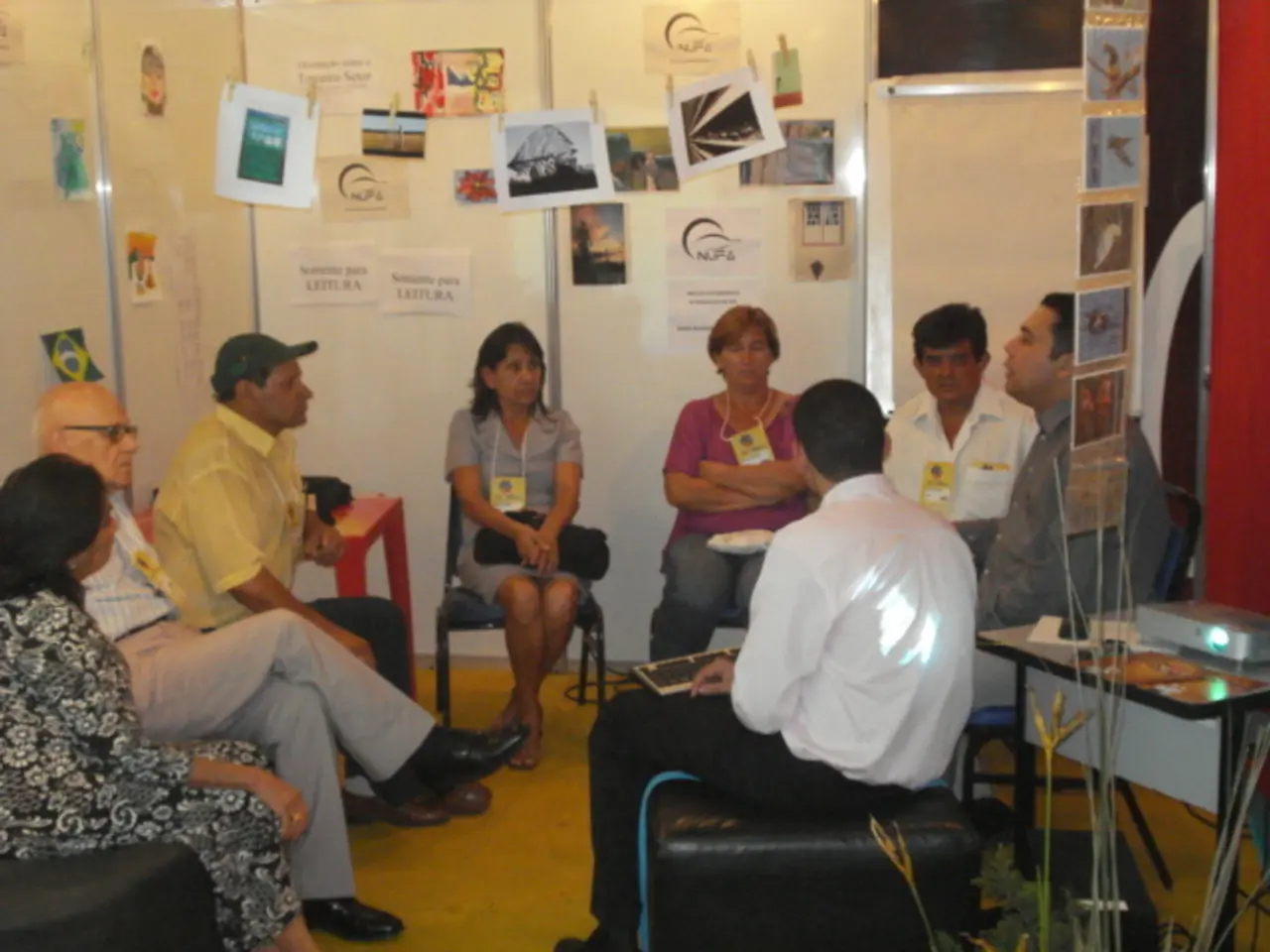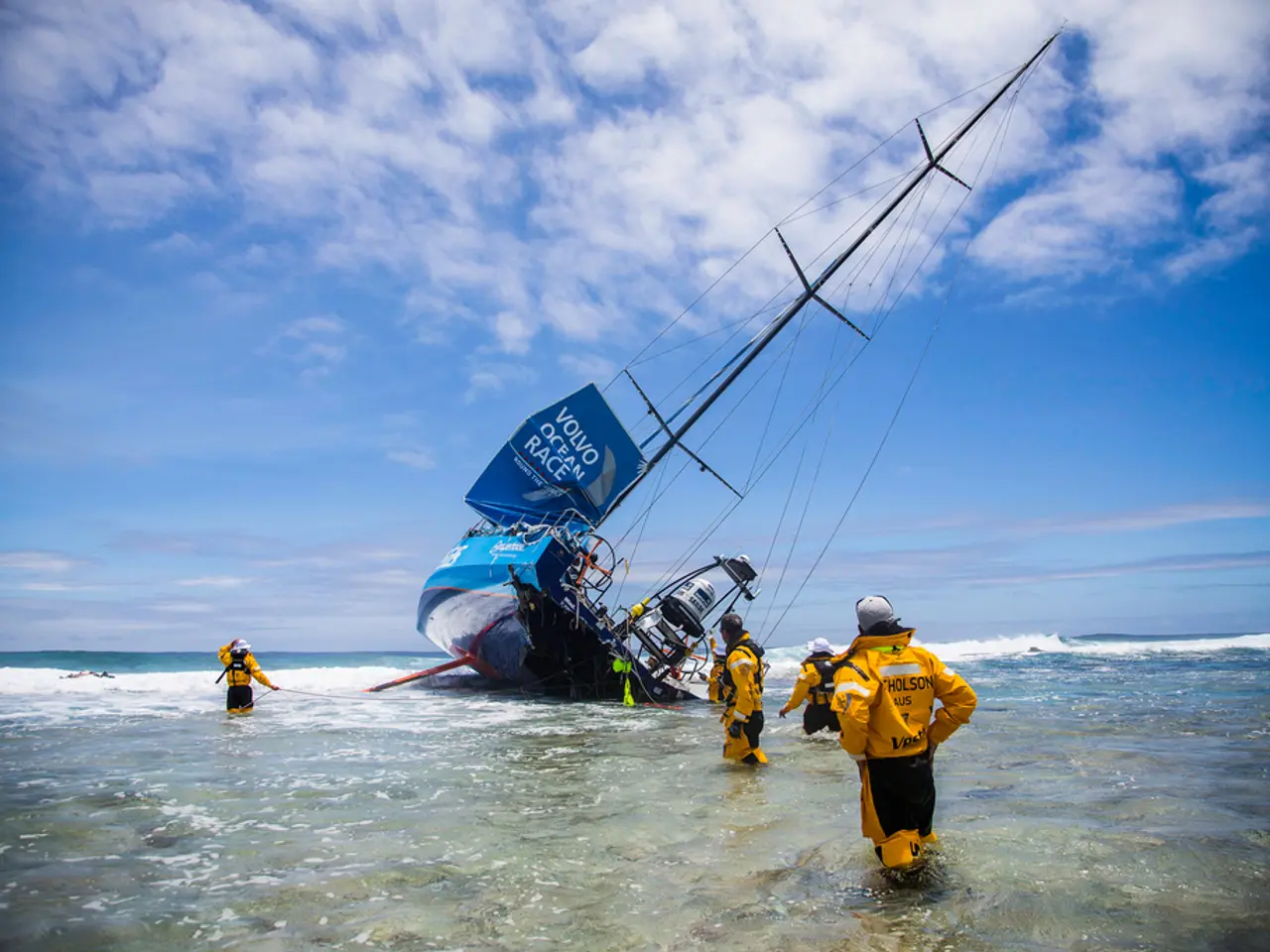The Nuclear Brackets of Canada's Military Forces
Canada's Role in the Nuclear Age During the Cold War
Canada played a significant role in the nuclear club during the Cold War, primarily as a host and supporter of U.S. nuclear weapons rather than as a nuclear-armed state itself. This role is highlighted by the presence of various nuclear assets on Canadian soil and the country's integration into continental nuclear defense arrangements.
In the early 1950s, the U.S. Air Force stationed "Fat Man"-style atomic bombs in Canada, marking the country's territory as part of the U.S. nuclear strategic network. Canada also permitted extensive use of its airspace for U.S. Strategic Air Command training flights carrying nuclear weapons and allowed nuclear weapons testing activities linked to U.S. military research.
The Royal Canadian Air Force contributed to NATO's nuclear deterrence with aircraft such as the CF-104 Starfighter, equipped to carry U.S. nuclear bombs deployed in Europe. At the peak, Canada had access to between 250 and 450 atomic bombs, mostly in Europe, rather than on Canadian soil.
Canada partnered with the U.S. to build early warning radar networks (Pinetree Line, Mid-Canada Line, and DEW Line) to detect Soviet bombers during the Cold War and jointly established NORAD in 1957 for North American air defense. The La Macaza base, located in Quebec, was part of this defensive line against a potential Soviet attack from the Far North.
The base housed Bomarc missiles, each equipped with nuclear warheads and possessing a power equivalent to half the power of the Hiroshima bomb. However, the Bomarc missiles were phased out by the end of the 1960s due to the appearance of the first intercontinental ballistic missiles.
Diplomatically, Canada voted against UN calls to ban nuclear weapons and supported NATO's acceptance of tactical nuclear weapons under the MC 48 policy. Canadian governments consistently refused to endorse comprehensive nuclear disarmament efforts, maintaining alignment with Western nuclear allies.
However, Canada also demonstrated a commitment to nuclear disarmament. Prime Minister Pierre Trudeau signed the Nuclear Non-Proliferation Treaty (NPT) in 1969, progressively banning nuclear missiles from Canadian soil, emphasizing diplomacy over arms race escalation.
Today, Canada's annual defense spending is significantly lower than it was during the Cold War, standing at 1.37% of GDP compared to more than 4% in the early 1960s. The ultimate defense of Canadian territory is essentially based on American nuclear deterrence, according to some analysts, to which Canada actively contributes through NATO and NORAD.
Despite its historical role, Canada did not possess an independent nuclear arsenal during the Cold War. Instead, its approach combined strategic military collaboration with a diplomatic stance supporting NATO's nuclear deterrence while signing onto international non-proliferation agreements to avoid domestic deployment of nuclear missiles.
References:
- Thibeault, Benoit. "La Macaza Base: A Cold War Legacy." The Canadian Encyclopedia, Historica Canada, 2021, www.thecanadianencyclopedia.ca/en/article/la-macaza-base.
- Roussel, Stéphane. "Canada's Cold War Nuclear Legacy." Policy Options, 2018, policyoptions.irpp.org/magazines/october-2018/canadas-cold-war-nuclear-legacy/.
- Maloney, Sean. "Canada's Cold War Nuclear Role." The Conversation, 2018, theconversation.com/canadas-cold-war-nuclear-role-102163.
- "Canada and Nuclear Weapons." Global Affairs Canada, 2021, www.international.gc.ca/world-monde/international_relations-relations_internationales/nuclear/canada-nuclear.aspx?lang=eng.
- "Canada and the Nuclear Non-Proliferation Treaty." Global Affairs Canada, 2021, www.international.gc.ca/world-monde/international_relations-relations_internationales/nuclear/npt-ptn.aspx?lang=eng.
French news outlets extensively covered Canada's role in the Cold War nuclear politics, discussing the country's integration into the U.S. strategic network due to the presence of nuclear assets on Canadian soil. General-news programs also highlighted Canada's diplomatic stance, such as voting against UN calls to ban nuclear weapons and supporting NATO's nuclear deterrence policy.




